Among the architects that earned LINKS 100 glory this year, Alister MacKenzie led the way with seven original designs and four substantial renovations among the world’s top 100, followed by Pete Dye with seven original creations and Tom Doak with five—familiar names, all. Nevertheless, fully 25 percent of the courses that earned world top 100 status were crafted by architects that were either amateur practitioners, one-hit wonders, or who had otherwise faded into the ether for one reason or another.
Henry Fownes at Oakmont? Not obscure enough. His name appears front and center every nine years when his one and only design hosts the U.S. Open. George Crump? Nah. Pine Valley—his one and done chef d’oeuvre, hosts the prestigious Crump Cup amateur tournament every year. Daniel “Des” Soutar? Hardly. Hey, he has two designs in The LINKS 100: Kingston Heath and Royal Adelaide.
For an even lower-profile group than Fownes, Crump, and Soutar, here are the five most obscure architects in The LINKS 100.
5. Bob Baldock
LINKS 100 Entry: No. 88, Monterey Peninsula (Shore)—Pebble Beach, Calif.
Robert Earl “Bob” Baldock earns co-design credit for Monterey Peninsula’s Shore course, yet even that distinction could appear to be damning with faint praise. While his 1961 design always enjoyed a superb location, it wasn’t until 2004 that the course soared in the rankings—thanks to a Mike Strantz redesign. Strantz took Baldock’s handsome, if bare-boned, creation and fashioned a stunning, nearly new layout. Many holes featured newly realized ocean backdrops, now accented by native grasses, artfully sculpted bunkers, prominently placed cypress trees, and rock-studded green and tee surrounds. “It’s the best renovation I’ve ever seen, anywhere,” says architecture aficionado and eight-time PGA Tour winner Brad Faxon.
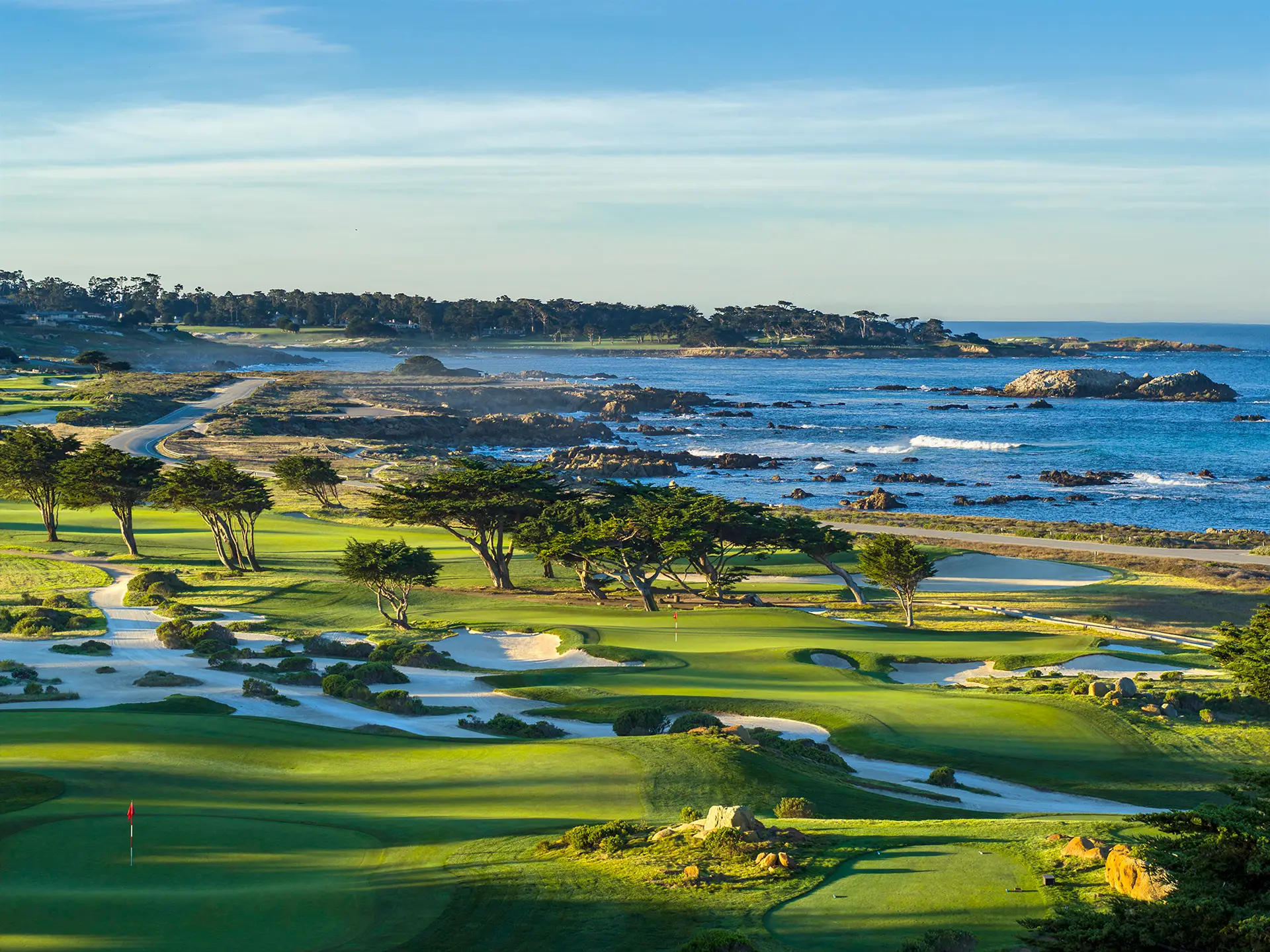
Alas, Baldock has been almost forgotten in the elevation of the Shore, even as the start and finish to the round remain his work. And why didn’t Baldock do more with the Shore initially? It’s that bare bones thing. For a guy who planned more than 350 original designs and renovations (many with his son, Robert L. Baldock) in 20 states during a career that spanned from the 1950s through the 1990s, Baldock seldom was blessed with a budget that would allow his courses to rise into top 100 territory. The same was true at Monterey Peninsula Country Club in 1961. Not everyone overlooked Baldock’s skill at crafting quality courses for minimal dollars. As reported by Geoffrey Cornish and Ron Whitten in The Golf Course, Baldock was honored in 1984 with an Outstanding Service Award by the National Golf Foundation in recognition for the many occasions he donated architectural services to Veterans Administration Hospitals, Air Force bases, and small communities that could not afford professional assistance in building their courses. That’s a well-deserved gold star for a good—if somewhat obscure—architect.
4. S. V. Hotchkin
LINKS 100 Entry: No. 90, Woodhall Spa (Hotchkin)—Woodhall Spa, England
Stafford Vere Hotchkin was born in the rural English town of Woodhall Spa in 1876 and died there in 1953. In between, he was the heart and soul of the golf course named for him. Located approximately 150 miles north of London, Woodhall Spa was an old Victorian spa—a resort town—and enjoyed its first golf courses in 1890. Soon after, urban sprawl did them in—but the club itself was spared after local landowner (and club member) S.V. Hotchkin leased the club some land, which eventually yielded a new layout from Harry Vardon in 1905. No less than H.S. Colt significantly refined the course between 1911 and 1914, but the course didn’t come into its own until 1920, when Hotchkin purchased the club and took over operations and maintenance and then in 1922, when he renovated the course himself. Four years later he joined forces with fellow World War I veterans Cecil Kay (C.K.) Hutchinson and Guy Campbell and not only revised Woodhall Spa into the formidable, sternly bunkered heathland test it is today, but the trio embarked on a short but successful six-year run designing and reworking courses all over England and Scotland, including a renovation of North Berwick in 1930.
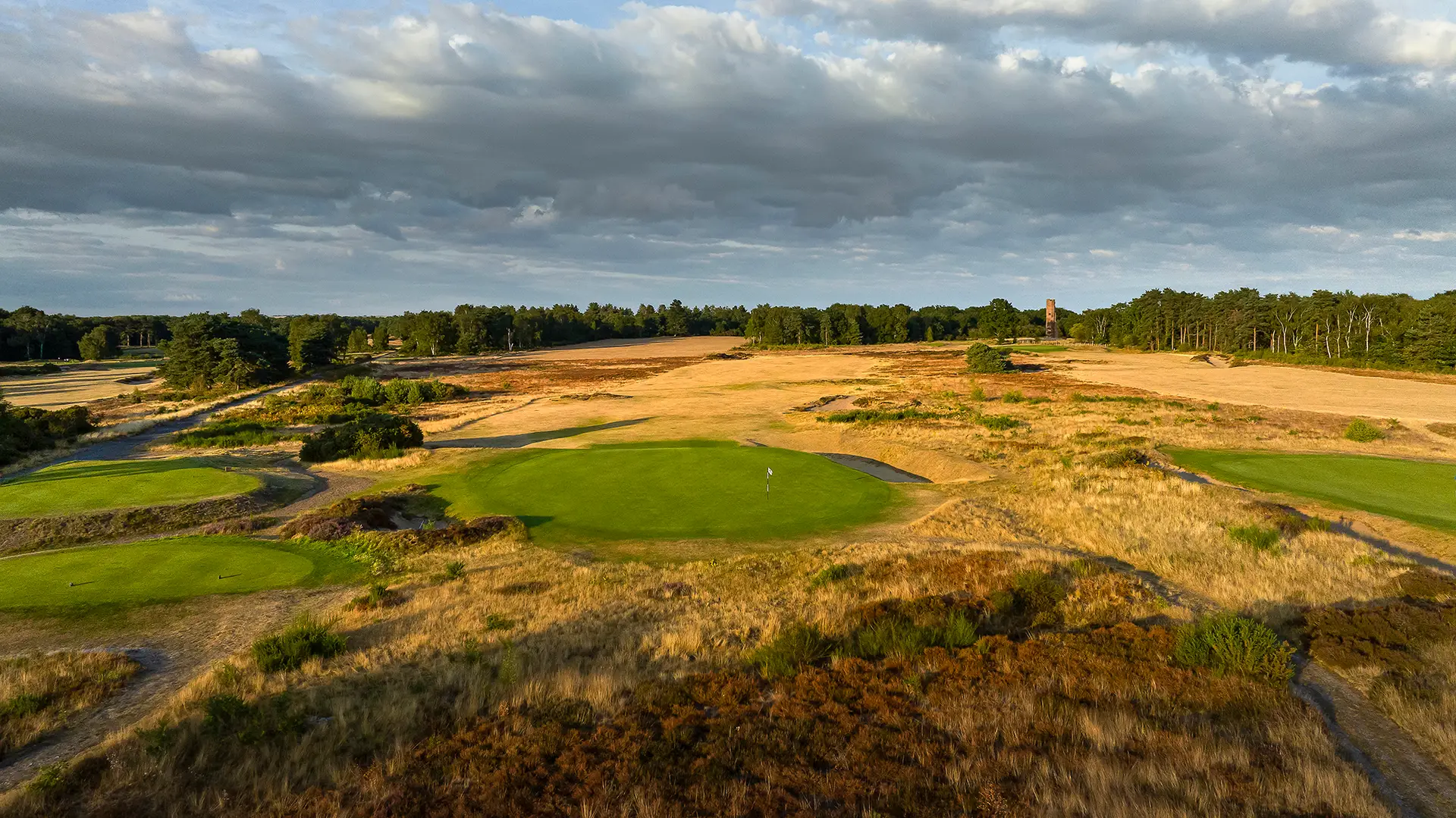
Simultaneously, Hotchkin journeyed to South Africa on multiple occasions in the 1920s and 30s, creating Humewood in 1930—currently ranked among the country’s top 10—and renovating Durban Country Club in 1928, for seven decades ranked as South Africa’s best course and venue for the 2025 South African Open. Hotchkin may be mostly an unknown quantity for American audiences, but for Golden Age architecture fans in the U.K. and South Africa, it’s almost an insult to call him obscure.
3. Eric Apperly
LINKS 100 Entry: No. 66, New South Wales—La Perouse, Australia
New South Wales occupies sacred ground for Australians, for it was at this spot in 1770—Botany Bay, where the 5th and 6th holes converge—that Captain James Cook of the British Royal Navy “discovered” Australia. Designed by Dr. Alister MacKenzie in 1928, the layout’s signature hole is the 202-yard par-three 6th, which demands a stout carry over an inlet of Cape Banks. Was the 6th a precursor to MacKenzie’s 16th at Cypress Point? Hardly. MacKenzie didn’t design the 6th at New South Wales. Rather, it was the work of Eric Apperly in 1937, after MacKenzie’s old par-three 4th hole was abandoned. The isolated back tee, set on a rocky perch in the surf, first appeared in the 1950s.
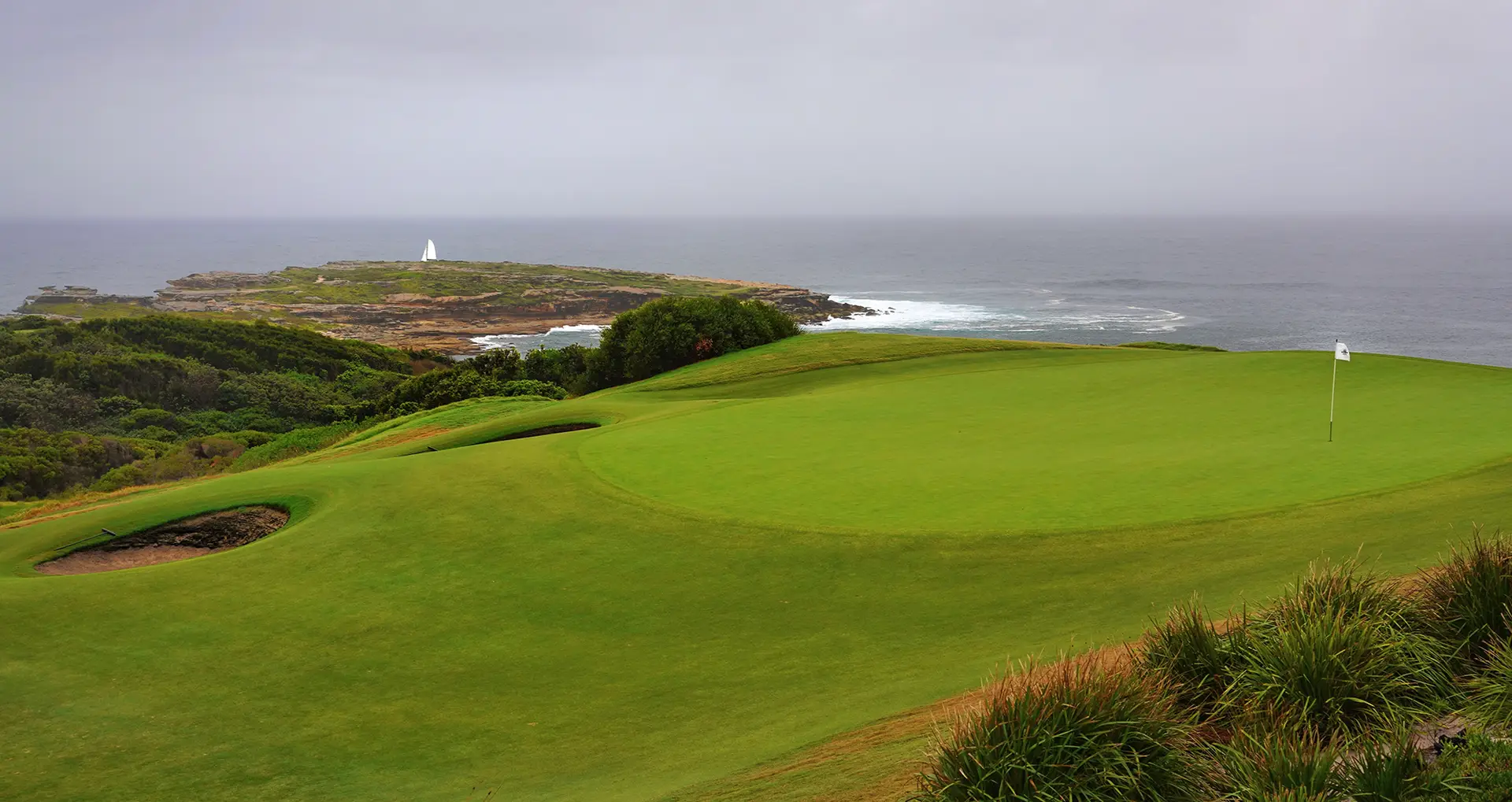
Apperly was a decorated golfer—winning the Australian Amateur in 1920—who assisted in implementing MacKenzie’s bunker scheme at New South Wales from 1932–37, several years after MacKenzie departed the country. Not only could Apperly play the game well, but he was considered Australia’s first trained design professional to engage in golf course design. Son of a prominent insurance executive, Apperly earned his Architecture degree from the University of Sydney, and he went on to design both buildings and golf courses. Among the dozen or so other designs he contributed to in his home country, Long Reef, a coastal course in Sydney, and Newcastle Golf Club, two hours north of Sydney and ranked in Australia’s top 25, are considered his best-known. He died in 1951 at age 61.
2. David Harman
LINKS 100 Entry: No. 93, Kauri Cliffs—Matauri Bay, New Zealand
When New Zealand’s Kauri Cliffs burst into the top 100 rankings 20 years ago, it also propelled the architect, David Harman, to the top of “Who’s he?” lists. Even after the course wowed TV viewers of the 2003 Shell’s Wonderful World of Golf match between Fred Couples and native son Michael Campbell, Harman’s stock didn’t rise much—though the reasons for that are tragic. Born in Bryan, Ohio, in 1956, Harman was introduced to golf course field work in the 1970s, when he toiled for Jack Nicklaus’s design firm. He founded a construction business of his own in 1980, called Golf Course Consultants, and built more than 30 courses worldwide, including several celebrated Arnold Palmer designs, from Tralee in Ireland to PGA West (Palmer) in La Quinta, Calif. He hung his shingle as an architect in 1996 and over the next eight years crafted a fistful of Orlando-area spreads, such as Shingle Creek and Orange County National. Still, Kauri Cliffs stood far above the rest. In the two years he worked on the course for owner Julian Robertson, Harman made 46 trips to New Zealand from his home in Florida. Before he had a chance to build more top 100 courses, he succumbed to throat cancer in 2005 at the age of 51.
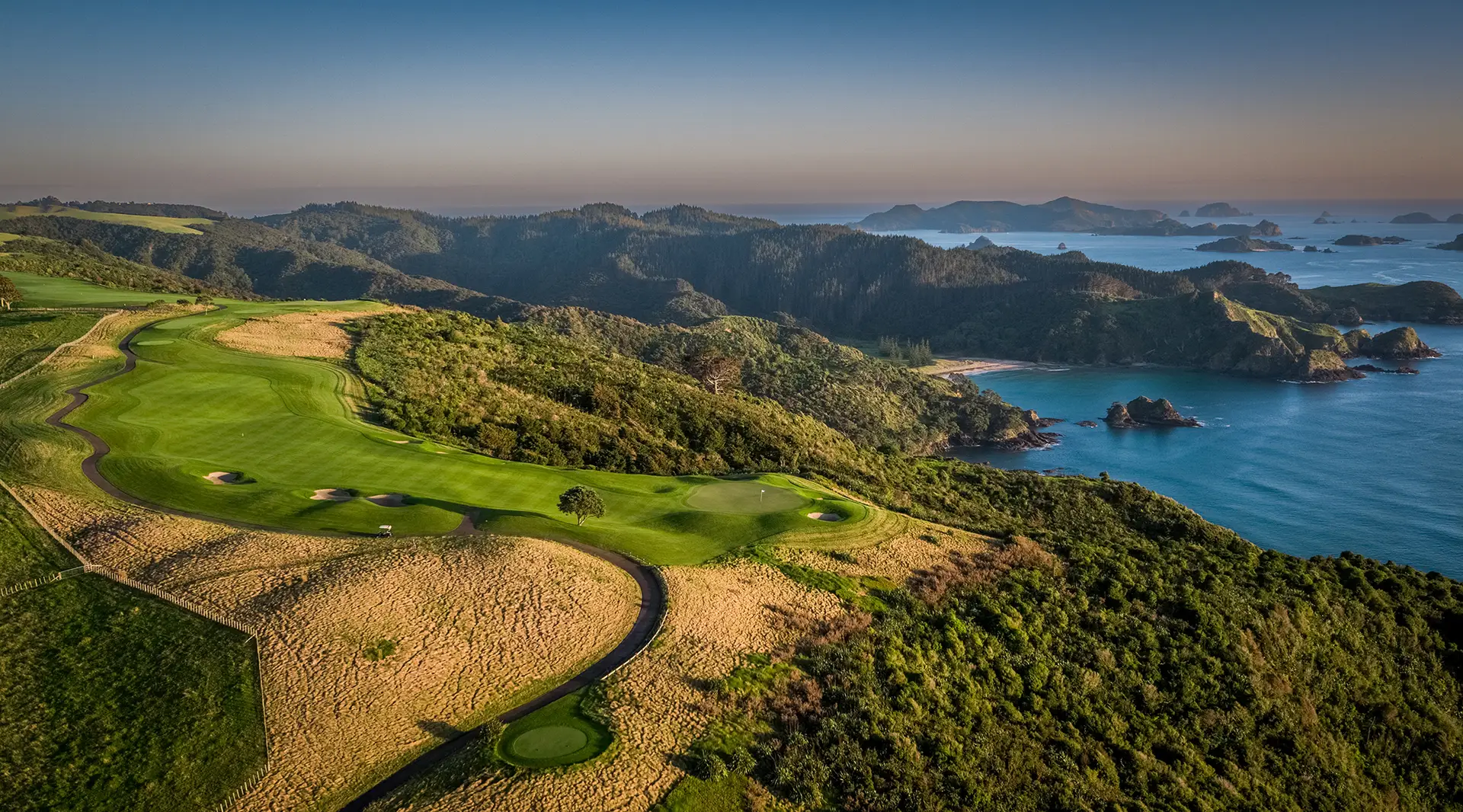
1. W. Laidlaw Purves
LINKS 100 Entry: No. 31, Royal St. George’s—Sandwich, England
Dr. William Laidlaw Purves was a Scottish-born, London-based surgeon who co-founded Royal St. George’s and designed the course. He discovered the property in 1885 while in the company of his brother, an archeologist who had wished to see the spot that Roman Emperor Claudius landed in Britain in 43 A.D. When Purves ascended the tower of a Norman church in town to obtain the best view, he instead stumbled upon a plot of heaving, dune-studded linksland that became Royal St. George’s two years later. While Purves was a novice architect, he was also a member of the Honorable Company of Edinburgh Golfers (Muirfield) and the Royal and Ancient Golf Club of St. Andrews, among others, so he knew a thing or two about excellence in club operations and design. Purves authored one other course of note, Littlestone Golf Club, a links layout 31 miles to the south of Royal St. George’s.
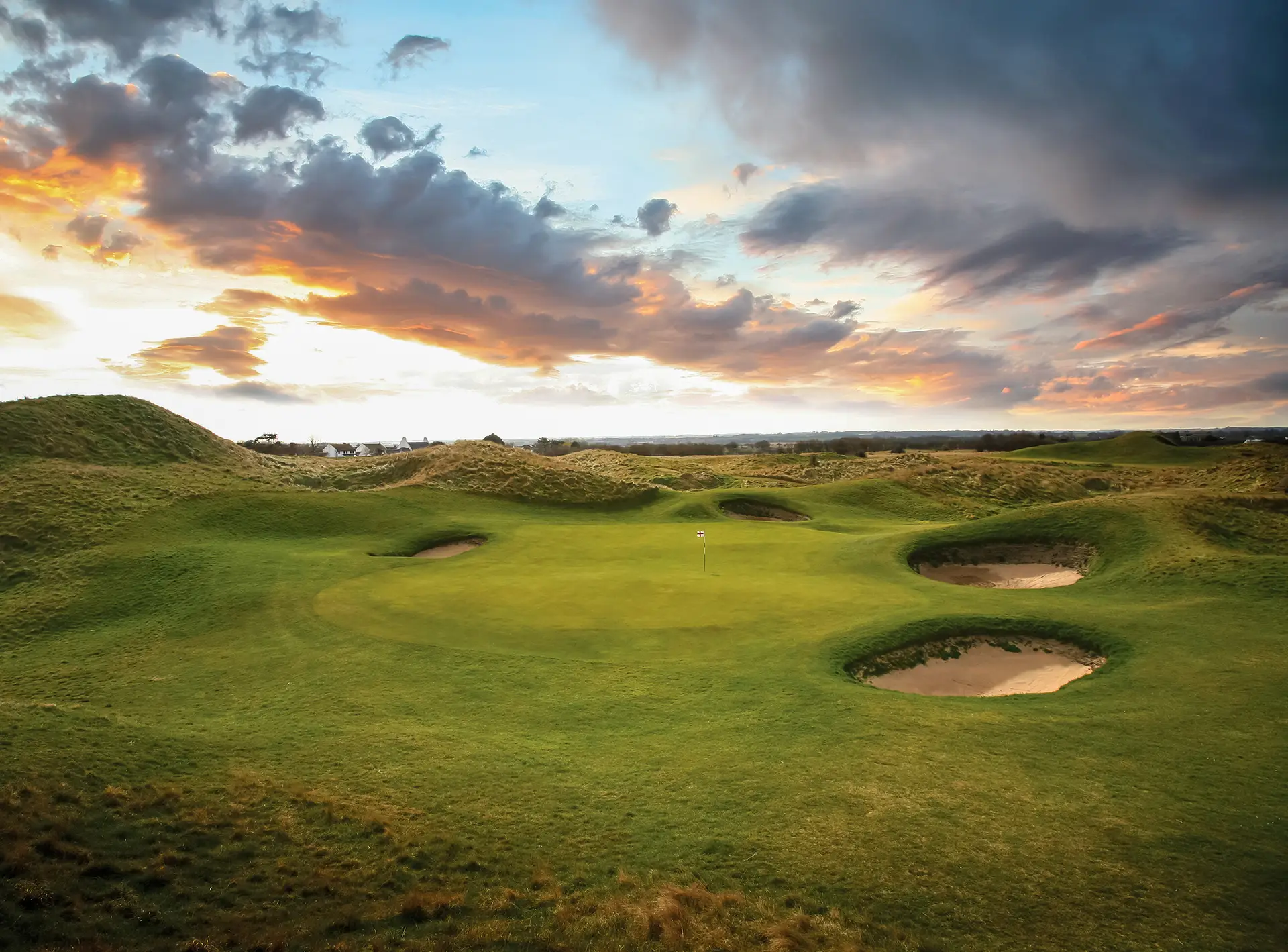


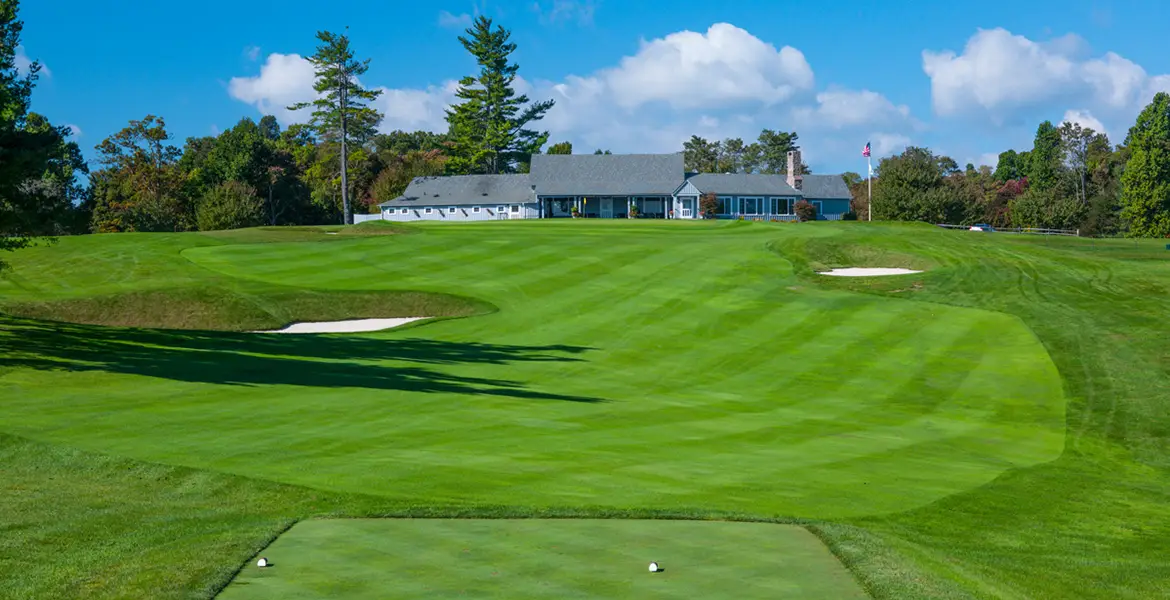




I played Littlestone many years ago. Truly a hidden gem that easily compares with many of the more famous linksland courses. While I do not profess to be an expert but I have been a course rater for hundreds of courses among the approximate 1800 different courses I have played this lifetime. Nick
This article made me laugh and shake my shead simultaneously. You literally come out in the first paragraph and say the two guys who did only ONE course ever are not obscure enough b/c their courses are so well known….Then change the article to “Some dudes nobody heard of that designed courses no where near Oakmont and PV on diffculty and classic design structure”